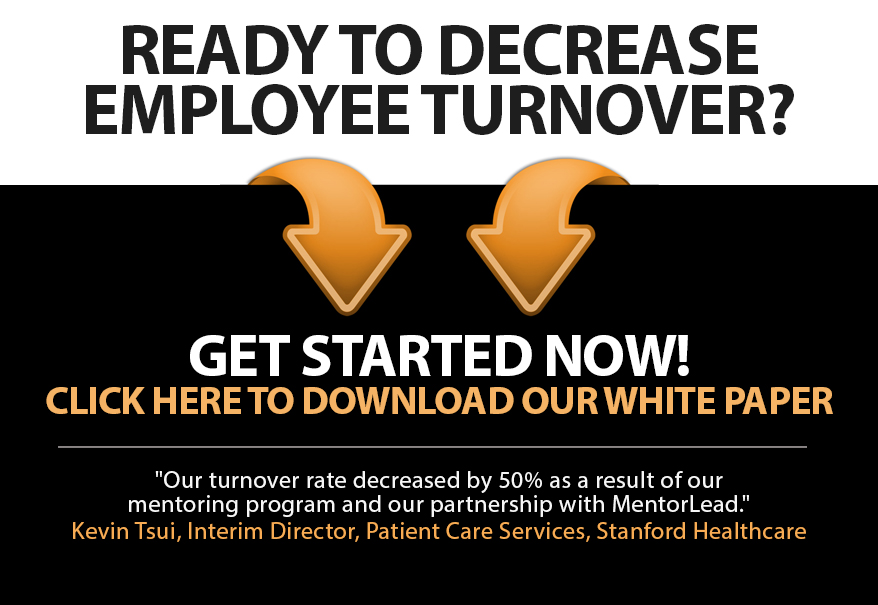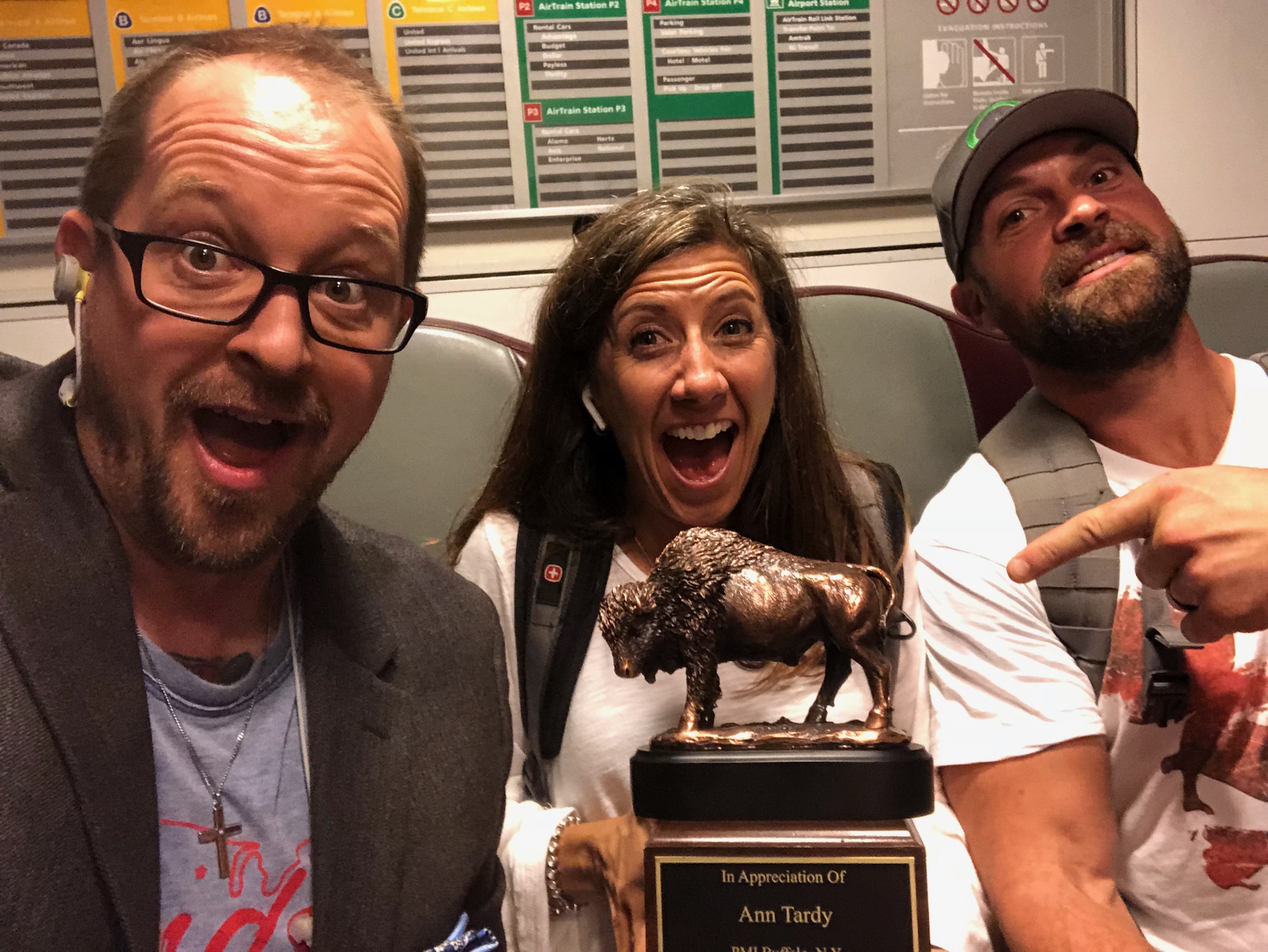
Break the Script (Batman Costume Not Required)
When my stepson Jack was in kindergarten, he decided to be Superman for Halloween. And he wanted his dad to be Batman.
So his dad purchased a Batman costume.
As he was leaving the house to attend Jack’s Halloween parade at school, I asked:
”Where’s your costume?”
He held up a bag. “It’s in the bag.”
“When are you going to put it on?”
He replied, “When I get to the school.”
”Where?”
Silence.
”Put the costume on before you leave.”
He was aghast, “You want me to drive to the school wearing a Batman costume??”
“Yes. That’s what Batman would do.”
Begrudgingly he changed into the costume, drove to Jack’s school, ignored the gawking parents in the parking lot, and found Jack’s classroom.
From the other side of the room, Jack saw his dad and shrieked, ”My dad is Batman!!”
His dad broke the “typical parent” script.
In 1959 social psychologist Erving Goffman argued that we are like actors on a stage, creating and developing scripts that others use to understand us.
Scripts are the predictable way that people expect us to behave.
When we break the script, we defy people’s expectations of us or a situation.
Chip and Dan Heath, authors of The Power of Moments, named this “strategic surprise.”
By showing up in a Batman costume, Jack’s dad defied expectations with strategic surprise. As a result, he cemented a memorable experience with his son.
How can we break the script (without a Batman costume)?
- Be calm in a crisis
- Pitch in to help without being asked
- Email our boss praising someone else
- Bring a puzzle to a team meeting
- Send a homemade gift
- Buy coffee for a crossing guard or stranger in line
Where can you break the script to surprise, delight, and cement a memorable experience?
![]()






